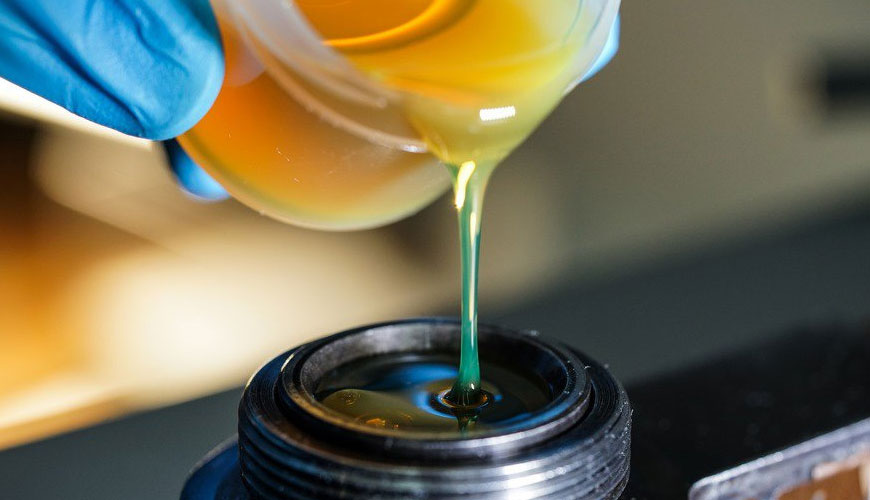

Mineral oil (mineral oil) is an odorless, clear liquid obtained from petroleum. This type of oil is a highly purified and processed petroleum product. It is an inert and stable compound when used in consumer products. In other words, it is safe for use in foods, cosmetics and other personal care products.

Mineral oil, for example, is not bad for the skin. It is a heavily processed petroleum product found in many skin care products. It helps to soothe and moisturize the skin as well as heal minor wounds. The concentration of mineral oils in cosmetics can range from 1-99 percent, and skin creams, ointments, lotions, sunscreens, lip care products, hair gels, and bath oils often contain mineral oil.
Mineral oil is a highly purified, lightweight ingredient used in baby lotions, cold creams, ointments, and many other cosmetic and personal care products because of its ability to help reduce water loss from the skin and keep the skin hydrated.
The most common mineral oils are petroleum jelly and paraffin oil.
The quality of mineral oils is questioned due to possible carcinogenic impurities and the presence of polycyclic aromatic compounds. In cosmetics, for example, there is a concern that it clogs the skin's pores. From an environmental point of view, fossil-based mineral oils are not assimilated by the environment after use and their use contributes to the depletion of natural resources.
The mineral oil used is pharmaceutical and food grade. That is, the presence of polycyclic aromatic compounds (PAHs) is at its lowest.
Mineral oil contamination in the food industry usually occurs in the following ways:
Today, mineral oil and food contamination is a very important issue and its presence in edible oils is being investigated.
The most widely used method for mineral oil analysis is liquid chromatography (LC) coupled to gas chromatography (GC) with flame ionization detection. But in the case of vegetable oils, the presence of olefins does not allow accurate determination of aromatic hydrocarbons. Therefore, other methods are needed.
Our organization also provides mineral oil analysis services with its trained and expert staff and advanced technological equipment, among the numerous test, measurement, analysis and evaluation studies it provides for businesses in various sectors.
To get an appointment, to get more detailed information or to request an evaluation, you can ask us to fill in our form and reach you.